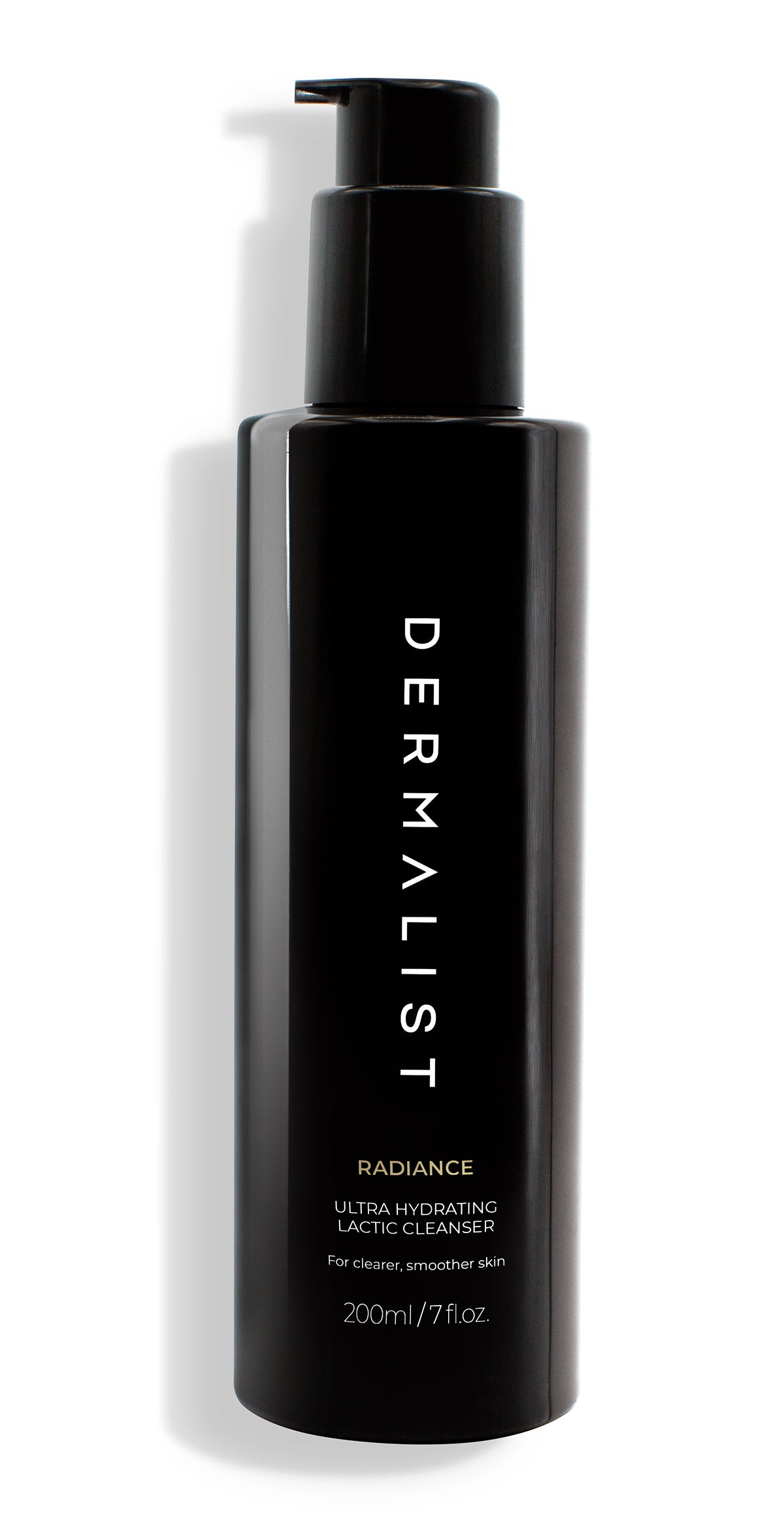Rosacea: Causes, Triggers & Skincare Tips to Calm Redness | Dermalist
What causes it
The cause of rosacea is unknown, however it can be linked to genetics and certain lifestyle choices can aggravate it. Symptoms will tend to flare up with certain triggers such as
hot drinks, spicy food, diet, alcohol, sunlight or wind and exercise, caffeine and stress, and other times will be less visible.
Who does it effect
Rosacea is most commonly found in females over 30 with fair skin, however smokers and those who have had a lot of sun damage over the years also have higher odds of experiencing Rosacea. With one particularly type of Rosacea (Phymatous Rosacea) however it is men that are prominent group impacted.
Types of Rosacea
There are 4 types of rosacea, however people may have more than one type:
Papulopustular Rosacea - this is when there is flushing and papule acne on the skin.
Phymatous Rosacea - this is commonly where the skin is thickened and shows nodules across the nose most likely and the cheeks. This particular one is quite common in elderly men.
Ocular Rosacea (also can be involved with blepharitis) - This is when there is flushing to the face but mostly is occurrent around the eyes. The eyes can become red, itchy and inflamed.
Treating Rosacea
Know your triggers
The first step to treating Rosacea is to know your triggers – find out what is actually causing your flare ups – is it stress? Is it diet or alcohol? Hot Showers? Cold Weather?
To establish what your triggers are, we recommend keeping a skin diary so you can record what you have eaten and what you have been around when your skin flares up and look at the data over time. Once you have pinpointed your triggers, you can eliminate them from your lifestyle and environment temporarily and the reintroduce each in a controlled way once your Rosacea is repaired.
Calming, gentle skincare
A good skincare regime is also very important. Finding products that are calming and gentle are the key. We recommend using products with ingredients used to calm, hydrate and strengthen the barrier of the skin including Niacinamide, green tea and hyaluronic acid.
Reduce acidic foods
A good diet is very important and can make a big difference as Acidic foods can cause internal inflammation linked with Rosacea so reducing acidic-forming foods like soft drinks, red meat, dairy, caffeine, sugar and cheese and promoting more of an alkaline based diet with foods such as fresh fruits and vegetables (especially uncooked and green) will help your gut processes and in turn reduce your rosacea.
Clinical treatments
Clinical treatments are also available to help manage rosacea which include photo rejuvenation, LILT and certain peels and facials.
Final Words
Unfortunately, it is something that needs to be managed constantly as it will not always go away completely, but with a good diet, avoiding triggers, a skincare routine and professional treatments it will significantly make a difference.
If however, you have changed your diet and lifestyle and you haven’t seen your Rosacea improve, we recommend seeking out the advise of your GP for prescription topical ointments that will reduce the severity of the flare ups without causing further internal inflammation.
Ready to take the next step in your skincare?

